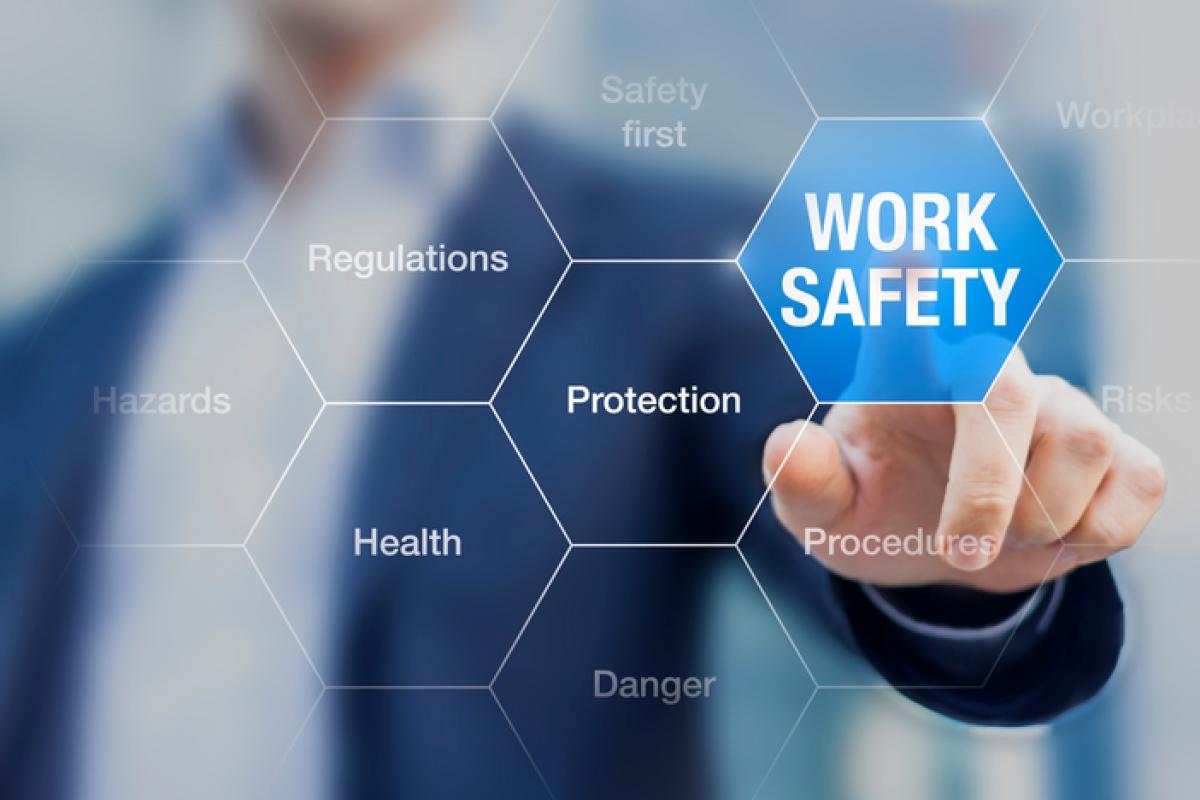Workplace safety inspections are a crucial piece of a powerful well-being and security administration framework and help anticipate business-related damage and ailments. Inspectors distinguish and report potential risks that could be evacuated or evaded by looking at the workplace.
While doing a workplace safety review, things to consider include the following:
- Tuning in to the worries of specialists and their agents
- Investigating workplace danger and occurrence revealing information
- Recognizing existing and potential risks and deciding their hidden reason
- Checking On the viability of any beforehand executed peril controls.
A powerful workplace safety assessment will examine the earth, gear, and work procedure. Nature incorporates commotion, vibration, lighting, temperature, and ventilation. Gear incorporates apparatuses and materials. The work procedure identifies how the specialist connects with related components while completing an undertaking or operation.
A review may emerge from danger or occurrence detailing or the presentation of another procedure, method, or plant. A well-being and security agent (HSR) may complete an investigation not identified with these contemplations.
Certain zones in a workplace may require specific consideration because of the idea of the work embraced, especially where information or perception demonstrates stretch, wear, affect, vibration, warmth, erosion, substance response, or abuse might happen. Remember Who should incorporate the whole workplace range, including parking garages, building access, rest zones, stockpiling, and conveniences into any investigation.
While completing workplace well-being and security assessment, Who should educate the administration about anything that represents an impending threat? Given the hazard level, work may need to stop until the danger is controlled.
Workplace safety inspections are completed to guarantee all work territories are kept free from perils or potential risks that may prompt damage, disease, close miss, property harm, or antagonistic natural effect.
Directors must lead workplace inspections in all University workplaces involved by their staff, understudies, or contractual workers in discussion with the neighborhood Health and Safety Representative (if there is one). Booked spaces, for example, meeting rooms or address theaters, are the obligations of the FOIA that deals with the appointments (by and large, Facilities Services Division).
A review is an examination of the workplace to check for dangers and operational well-being principles that are being kept up. A review may include a casual, unscheduled stroll around the site or a formal, arranged assessment.
An assessment:
- Surveys the security of current exercises or hardware.
- Searches for well-being and security change openings.
- Recognizes immediate or potential perils.
- Gives positive input on great security rehearses.
- It gives a chance to tune in to the worries of staff and group pioneers.
- It gives a compelling approach to catching up on enhancements or peril control measures.
- Permits the conclusion of extraordinary remedial activities.
- Exhibits that the administration is not kidding about enhancing the well-being of all laborers.
- Furnishes confirmation of consistency with OHS enactment.
An investigation may focus on complete workplace safety, a specific region of operations, or even a solitary bit of gear.
General planned inspections must be completed by a group including line administration (e.g., a chief or neighborhood administrator) and the HSR (were chosen). They should utilize agendas custom-made to the specific zone and its operations.
Most office-construct inspections center with respect for housekeeping. However, consider whether the review ought to incorporate the accompanying:
- Security and prosperity data: Consider whether relevant data such as blurbs, signs, and manuals are given.
- Plant and hardware: Examine all plant and gear working at the site
- Machine guarding: Check to guarantee that security guards and boundaries are set up in danger indicates on apparatus keep damage from cutting edges on saws, nip focuses on hardware, or other pulverize or ensnarement dangers.
- Materials: Check whether materials, including chemicals, utilized or put away in the workplace safety could represent well-being and danger,
- Work rehearses: Observe how specialists work, including manual handling and lifting.
- Housekeeping: Examine how the work site is kept up. Check for trash put away before leaving entryways, other ropes that present trek or electric shock dangers, slip risks caused by waste or substances on strolls regions, and so on.
- Utilization of PPE: Make any doubt specialists, guests, and other individuals going to the site wear suitable PPE.
- Versatile plant and person-on-foot interfaces: Assess the security of regions that individuals and vehicles share.
- Crisis game plans: Examine the procedures and techniques set up to secure the well-being of specialists in case of a crisis, for example, termination, a compound spill, or another surprising occasion that spots laborers in danger.
- Building: Examine the building and the land it sits on for perils, for example, distending structures, stacking inclines, entryways opening onto a movement, territories that require ventilation, or air-checking.
- Structures: Assess the state of inside and outer structures on the site, e.g., walls, rails, walkways, dividers, hoardings, and so on. Specifically, search for indications of harm or disintegration that could prompt mishaps or even fall.
Who should keep a record of who made the review, the date, the areas examination, a short general remark, and any issues that Who should follow up?















